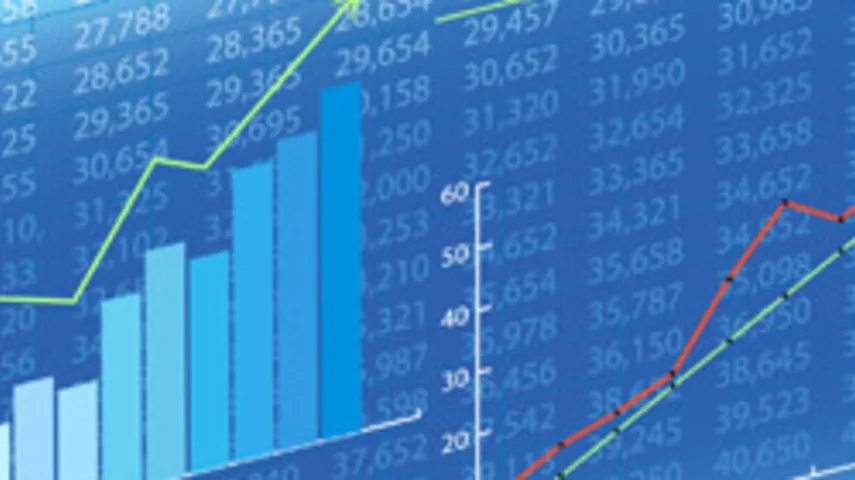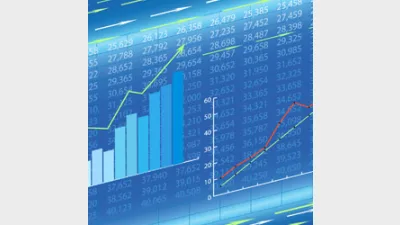Aussie instos can utilise ETFs: State Street



The take-up of exchange-traded funds (ETFs) by institutional investors in Australia is surprisingly low by international standards, according to State Street Global Advisors' global head of ETFs Jim Ross.
While the take-up of ETFs in Australia is mainly on the retail side, they are currently utilised by institutional investors "for a variety of different reasons" in the US, Canada, Europe and parts of Asia, said Ross.
"In certain cases it's to get strategic exposures to particular asset classes - in part gold through the ETF GLD," Ross said.
Institutions are also using ETFs to diversify away from their home country via emerging market, fixed income and international market ETFs, Ross added.
ETFs can also be used as an overlay during the transition from one asset manager to another, Ross said.
Ross said the highly liquid nature of ETFs enables institutions to adjust their asset allocation without having to redeem funds from a manager.
The use of ETFs also provides ready liquidity from which the fund can pay benefits to members, allowing the underlying asset manager to be fully invested, said Ross.
While Australian institutions currently use futures to tweak their asset allocations, a recent paper by State Street argued that ETFs can be more cost-effective than futures over the long term.
Ross speculated that negative news stories about synthetic or "triple-leveraged" ETFs - which fall under a separate regulatory system in the US and are not used by the major institutions - had contributed to the reluctance of Australian institutions to fully utilise ETFs.
Recommended for you
Ethical super fund Australian Ethical has announced the appointment of Anthony Lane as chief operating officer.
The structural shift towards active ETFs will reshape the asset management industry, according to McKinsey, and financial advisers will be a key group for managers to focus their distribution.
ASIC has warned that practices across the $200 billion private credit market are inconsistent and, in some cases, require serious improvement.
A surge in electricity prices has driven the monthly Consumer Price Index to its highest level in a year, exceeding forecasts.










